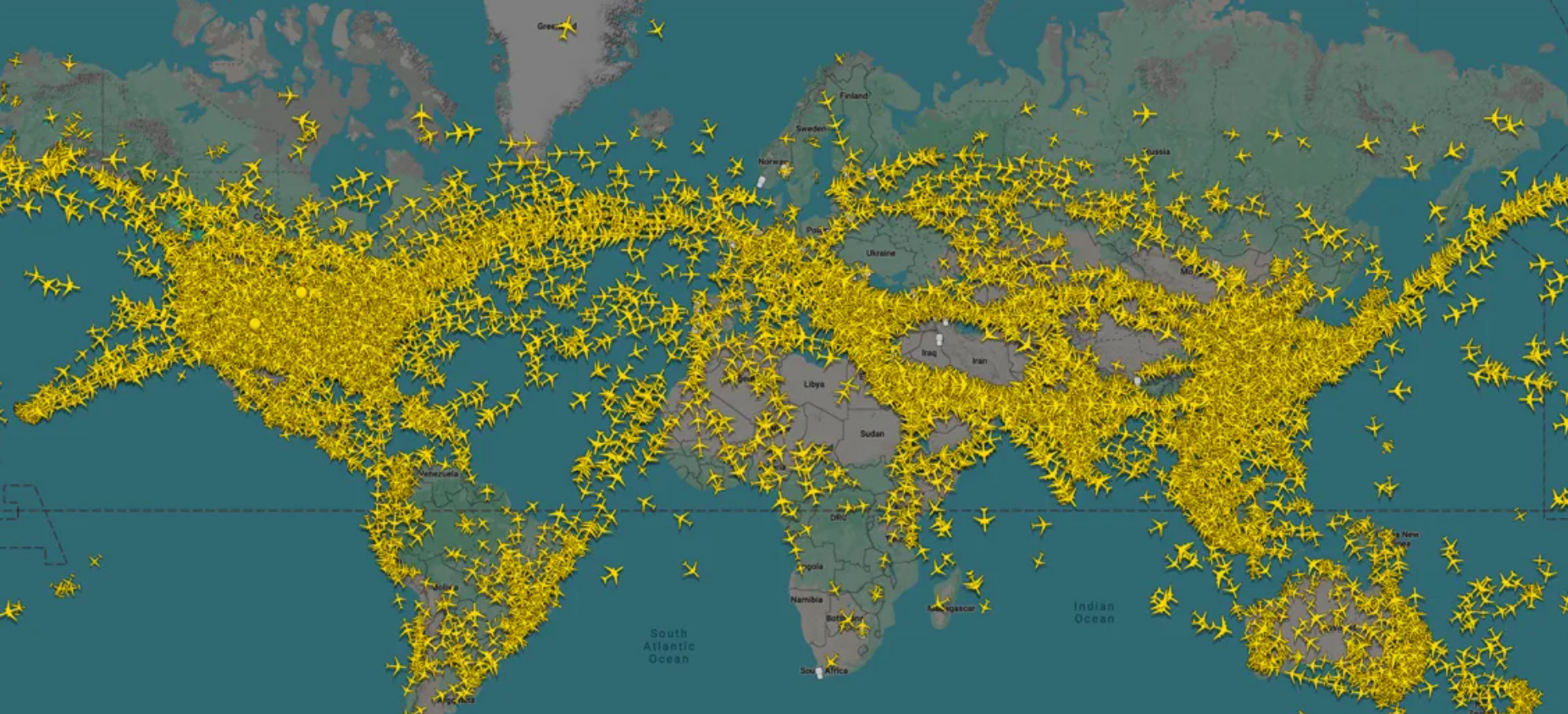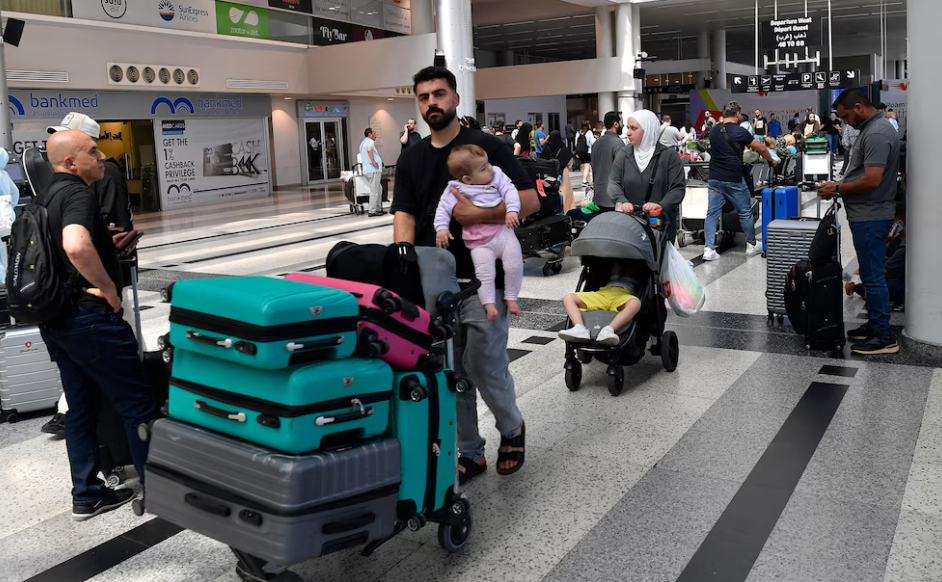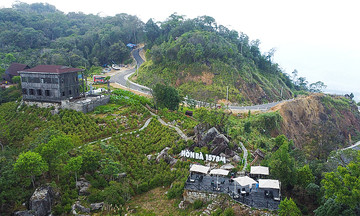A glance at global air traffic maps reveals a stark reality: alongside areas dense with aircraft are vast empty spaces, clear indicators of expanding no-fly zones.
The Middle East is the latest hotspot disrupting global air travel. Airlines are forced to reroute or cancel flights for safety, causing significant delays and increased costs.
 |
A snapshot of global air traffic from Flight Radar 24 shows a near absence of aircraft over conflict zones like Iran and Israel. Photo: Flight Radar 24 |
A snapshot of global air traffic from Flight Radar 24 shows a near absence of aircraft over conflict zones like Iran and Israel. Photo: Flight Radar 24
Even at 40,000 feet, passengers are directly affected by events on the ground, experts say. Geopolitics has long been intertwined with aviation, especially in the skies.
After years of navigating crises, from the Russia-Ukraine conflict to India-Pakistan tensions, airlines are adapting to this turbulent landscape.
"Airspace closures have become commonplace. It's almost the new normal," observes Brendan Sobie, a Singapore-based analyst.
According to Tony Stanton, an advisor at Strategic Air (Australia), the aviation industry faces immense pressure operating within this complex geopolitical climate. Short-haul flights between Central Asia and Middle Eastern hubs like Dubai and Doha are most affected. These routes previously traversed Iranian airspace for over half their journey. Many are now rerouted via Saudi Arabia, Egypt, and then Turkey, increasing flight times and operational risks.
While Russian airspace remains open, it primarily serves Chinese carriers like Air China, Xiamen Air, and Cathay Pacific. China-Europe routes now circumvent the Baltic Sea near St. Petersburg, as Russian airspace bordering Ukraine has been closed since the conflict began in 2022.
These detours significantly increase travel time and costs. Routes like London-Hong Kong add two hours to avoid Iranian and Israeli airspace, consuming thousands of USD in extra fuel. A Boeing 777 can burn up to 7,000 USD of fuel per flight hour.
Beyond fuel, airlines face increased crew costs, overflight fees, and lost revenue from cancellations and delays. Raising ticket prices to offset these costs is challenging, as passengers often book weeks or even months in advance.
Flight Radar 24, a global flight tracking system, shows air traffic squeezed into narrow corridors, as airspace over countries like Israel, Iraq, Iran, and Ukraine remains largely closed. One such corridor lies south of the conflict zones encompassing Israel, Iran, and Ukraine.
This not only pressures air traffic controllers managing increased traffic within limited airspace but also raises airline operating costs, experts explain. Altitude adjustments and altered departure times for efficient traffic flow mean paying premium prices for peak-hour slots at major airports.
Analysts warn that record passenger and aircraft numbers exacerbate disruptions caused by conflicts. "In Central Asia alone, air traffic has tripled in just a few years," notes Sobie.
The aviation industry suffered a tragedy in 7/2014 when Malaysia Airlines flight MH17 was shot down over eastern Ukraine. The Boeing 777, en route from Amsterdam to Kuala Lumpur, resulted in the loss of all 298 people on board.
This incident serves as a stark reminder of the risks involved in flying over conflict zones.
Adding to the uncertainty is the unpredictable duration of these conflicts. The war in Ukraine, now in its third year, continues to disrupt air travel.
 |
Passengers retrieve their luggage after flight cancellations and delays at Rafik Hariri International Airport in Beirut, Lebanon, on 13/6. Photo: EPA-EFE |
Passengers retrieve their luggage after flight cancellations and delays at Rafik Hariri International Airport in Beirut, Lebanon, on 13/6. Photo: EPA-EFE
Escalating conflicts not only challenge airlines but also impact travelers. Amidst rising tensions in the Middle East, travel agencies in the UAE report a surge in tourists, particularly from Jordan, Lebanon, and Iran, seeking to extend their stays to avoid unrest and risks back home.
Bharath Aidasani, CEO of Pluto Travels, says his office phones have been ringing nonstop. Clients are canceling or postponing trips to the Middle East. He receives numerous calls from anxious travelers seeking visa extensions or ways to legally remain in or re-enter the UAE.
Many contacting travel agencies initially entered on short-term tourist visas, but due to the conflicts, they now wish to stay longer. The primary reasons include airspace closures, flight disruptions, and safety concerns about returning to conflict areas.
Amidst escalating instability and air travel disruptions, the UAE is becoming a temporary haven for thousands traveling or residing in the Middle East.
Anh Minh (CNN, Khaleejtimes)












